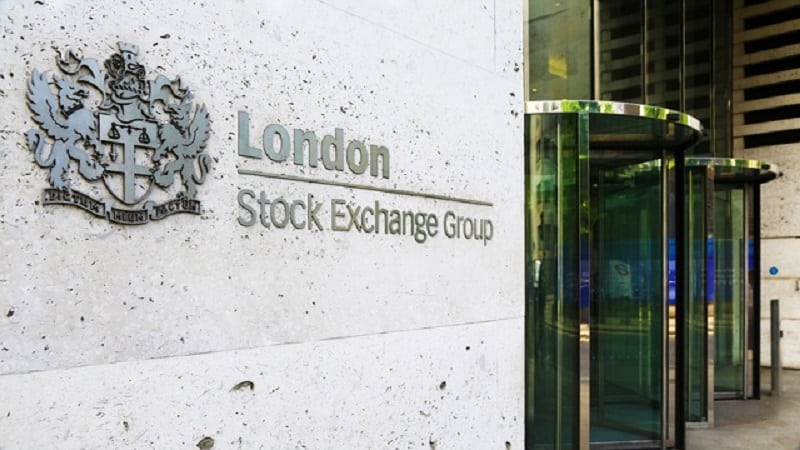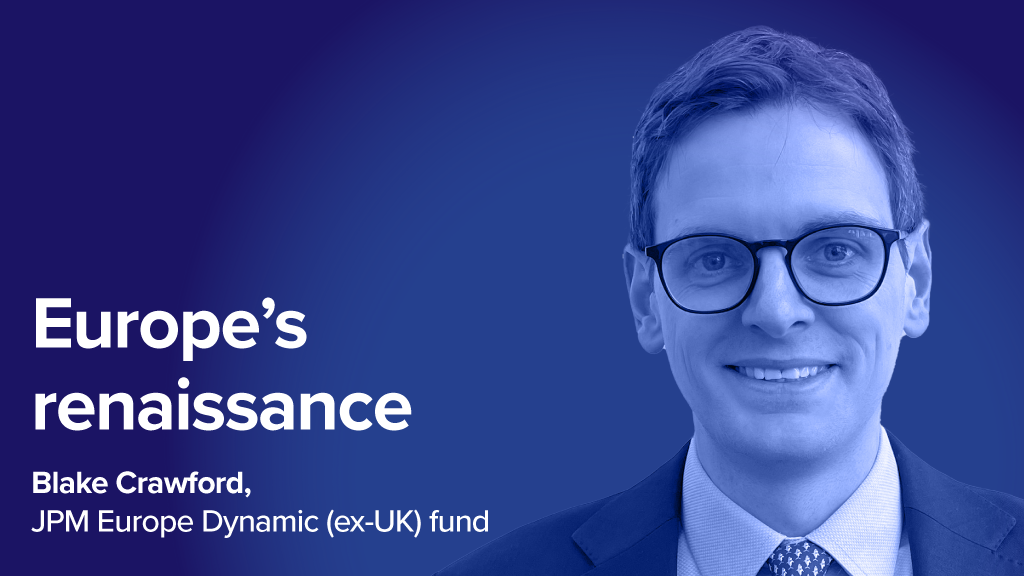Equity market participants have noted a number of catalysts for the recent increase in volatility such as evidence of slowing growth in Germany and China, rising geopolitical concerns in the Middle East and the health risks posed by the Ebola outbreak in West Africa.
For additional good measure, investors have been weighing the well-telegraphed end to Federal Reserve policy after years of accommodative interest rates. Ending QE is not news, but what has made this unsettling for investors has been the recent macroeconomic weakness in Europe, Japan and China. Combine these factors with mutterings that markets were richly valued and the sell-off in early October became almost self-fulfilling.
In spite of the heightened equity market anxiety and volatility, we continue to believe that global economic growth will expand, and will likely remain supportive for company earnings. We have seen little change to company fundamentals over the past weeks and continue to view the outlook for earnings as favourable, particularly in the US where balance sheets appear to remain healthy. With historically low debt levels we do not foresee a recession in earnings at this point in the economic cycle.
We do recognise that European earnings have been modest for two years, although there is evidence of an uptick in the analyst upgrade/downgrade ratio, indicating that some investors at least expect this prolonged malaise to start improving.
Outside of Europe and the US, emerging market equities are delivering earnings well below their expected trend rate and developed Asian equities are currently seeing more negative than positive earnings revisions, thanks in large part to weaker global commodity prices. But weaker commodities, particularly oil, can also have a stimulative effect on consumer spending, not only in the US but potentially in energy-intensive emerging market economies too.
The recent pull back in equity markets has clearly trimmed some markets’ valuations from their recent highs. Small cap stocks in particular have underperformed their large-cap peers since about March of this year after a period of tremendous performance in 2013. Indeed, small caps have historically served as somewhat of a barometer for the larger economy as a whole. nvestors tend to gravitate towards this asset class as a way to leverage growth in domestic markets.
In the US for example, the companies in the Russell 2000 Index generate approximately 80% of their revenues from domestic exposure to US companies, which makes it an excellent proxy for US economic growth. Where will markets go from here?
We have seen a solid recovery in a number of global equity markets following the mid-October lows, driven once again by the US. In this context, it is perhaps a salutary reminder that in 2009, had an investor been fully invested in the S&P 500 Index over the full year they would have seen growth of 26.5% (US dollar terms). Missing the 10 best one-day returns would have equated to a total return of -16.9%. Timing rallies is hard and the best way to capture any potential upside from here may be to remain fully invested.










